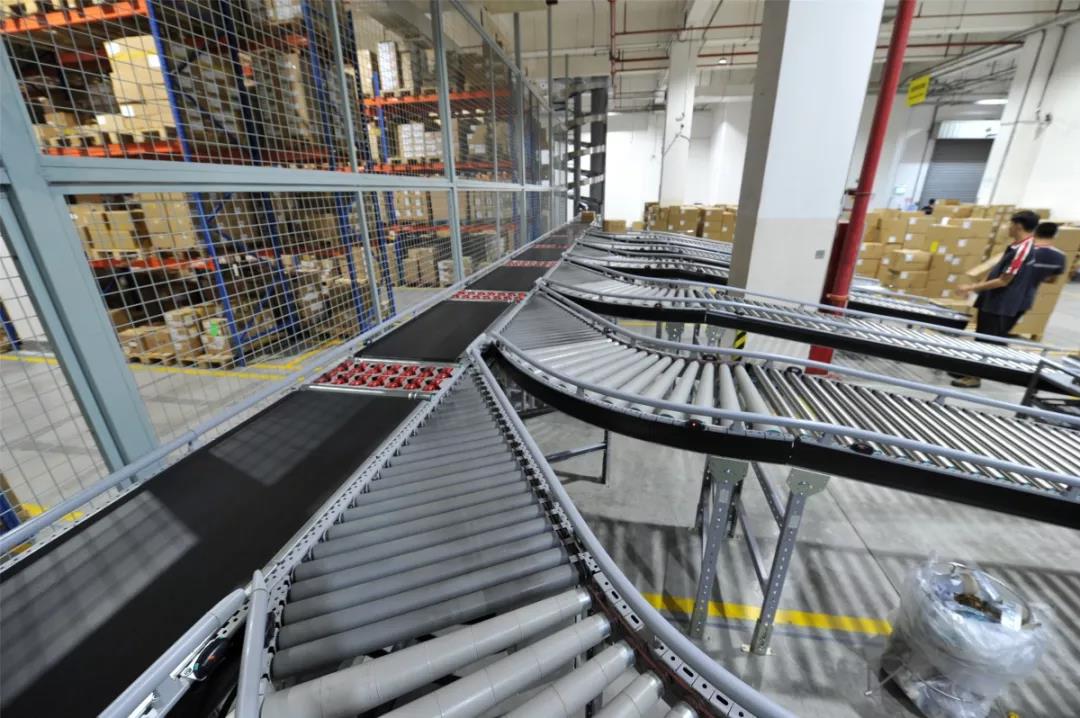In the future, the scale, flexibility and automation needs of logistics will increase
Distributing warehouse capacity among multiple small centers that interact directly with consumers in a city does pose a challenge to the increased volatility of DC demand. At the same time, an aging population, labor shortages and new labor regulations require these developing countries to achieve higher levels of automation.
It turns out that traditional automation systems are not suitable for dealing with volatility. In addition, the size constraints imposed by city DCs due to location may prove to be an obstacle to traditional automation. The need for custom engineering, project management, and software coding creates "overhead" costs for projects of any size, often undermining the implementation of traditional automation in small spaces.
However, newer automation solutions will address these challenges. Systems based on small AGVs or mobile robots will be more adaptable to small spaces and more flexible to cope with volatility. With these mobile systems, it is easy to change routing or logic to adapt to changing needs. One can even imagine that, depending on the demand, the vehicle will be transferred from one DC to another by the same truck that supplies the product to the DC. Today, solutions such as the Swisslog’s CarryPick system already have most of the features.
Self-learning software and peer-to-peer communication will make these vehicles “plug and play”, eliminating the large fixed front-end costs required for traditional automation systems. This will not only allow the required flexibility, but will also make small-scale automation systems viable.
Warehouse management software has evolved in this direction, and its platforms (such as SwissLog's SynQ) integrate multiple functions, including automation, into a modular architecture that provides the ability to support predictive logistics while easily adapting to changing technologies. Business intelligence.
A conceptual view of future distribution, showing a large warehouse outside the city, supporting multiple city distribution centers, from central warehouses to city DCs, from city DCs to consumer transportation options.

Reprinted from the network


